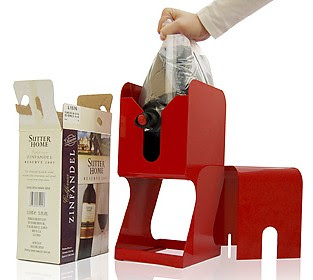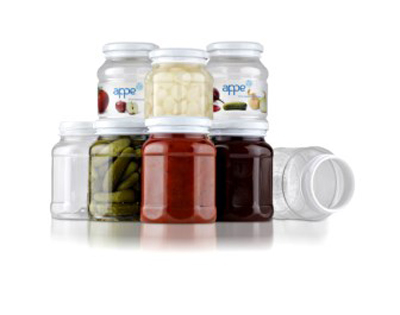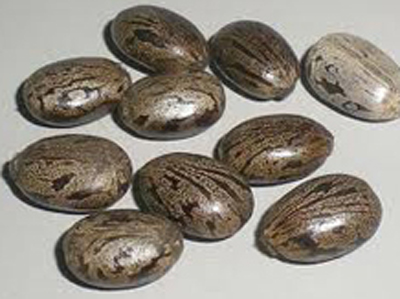The bottle versus bag-in-box. For wine lovers, this debate can bring strong emotions that only a glass of wine can help to calm down.
It all boils down to one question – does boxed wine leave a different taste than bottled?
I did a Google search on this crucial topic, and found there are several discussions evaluating these ideas. Some believe bagged wine to “leave a plastic taste” while others feel boxed wine passes the taste test with flying colors.
Well, to add fuel to the fire, a group of researchers from the Joint Research Unit Agropolymer Engineering and Emerging Technologies in Montpellier, France, claim bag-in-box wine loses key flavor and aroma compounds to the plastic packaging, according to an article by the Royal Society of Chemistry (RSC), the largest organization in Europe for advancing the chemical sciences.
However, the researchers have not yet showed how the loss of these compounds affects the taste.

The objectives of this study were to demonstrate that the presence of ethanol in a solution containing two esters and two aromatic alcohols has several consequences on the sorption of these compounds into polyethylene (PE) film, according to the researchers.
The researchers mixed the two esters and two aromatic alcohols into an ethanol solution that helped to create a model for wine.
Ethyl butyrate and ethyl hexanoate are compounds that give wine fruit flavors, whereas phenylethyl alcohol provides a floral odor almost like rose with hints of honey, and 4-ethylphenol release a smoky note. These compounds were quickly absorbed by the polyethylene film with ethyl hexanoate having a particularly strong affinity for the non-polar polyethylene. After five days, a quarter of the ethyl hexanoate had been “scavenged” by the film, according to the RSC.
The research stated the material in contact with the wine might interact with aroma compounds, which may induce losses and modify the aromatic profile.
There are many studies and speculations on how packaging may have an influence on the quality of wine. Wine oxidation is said to be one of the main causes of the loss of quality.
Another study from the Institute of Vine and Wine Sciences (ISVV) of Bordeaux looked into the evolution of wine quality in different packaging configurations. An analysis was carried out of the influence of packaging on the sensory characteristics of red and white wine over an 18 months period. Glass bottles, Bag in Box, and polyethylene terephthalate bottles were used in this investigation.
Significant differences were brought to light, according to the researchers. Packaging has a significant impact on the evolution of white wine during storage.
White wine was noticeably affected after six months of conservation in PET bottles. The white wine in PET bottles and plastic bags had an increase in oxygen along with decreases in carbon dioxide and sulfur dioxide.
When it came to red wine, however, there weren’t any significant differences between the different packaging.
So does this mean red wine can handle any type of packaging, but white wine is a bit trickier? It’s hard to tell if we’ll ever come to a conclusion.
Tell me, what are your thoughts about these studies? Does packaging influence what type of wine you buy?
SOURCE : http://www.plasticstoday.com/blogs/Does-boxed-wine-leave-a-plastic-taste-behind-0730201201







